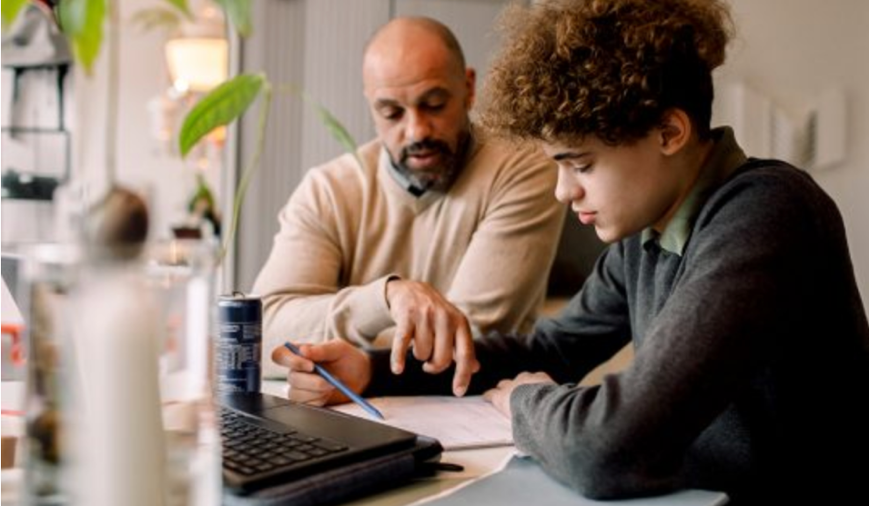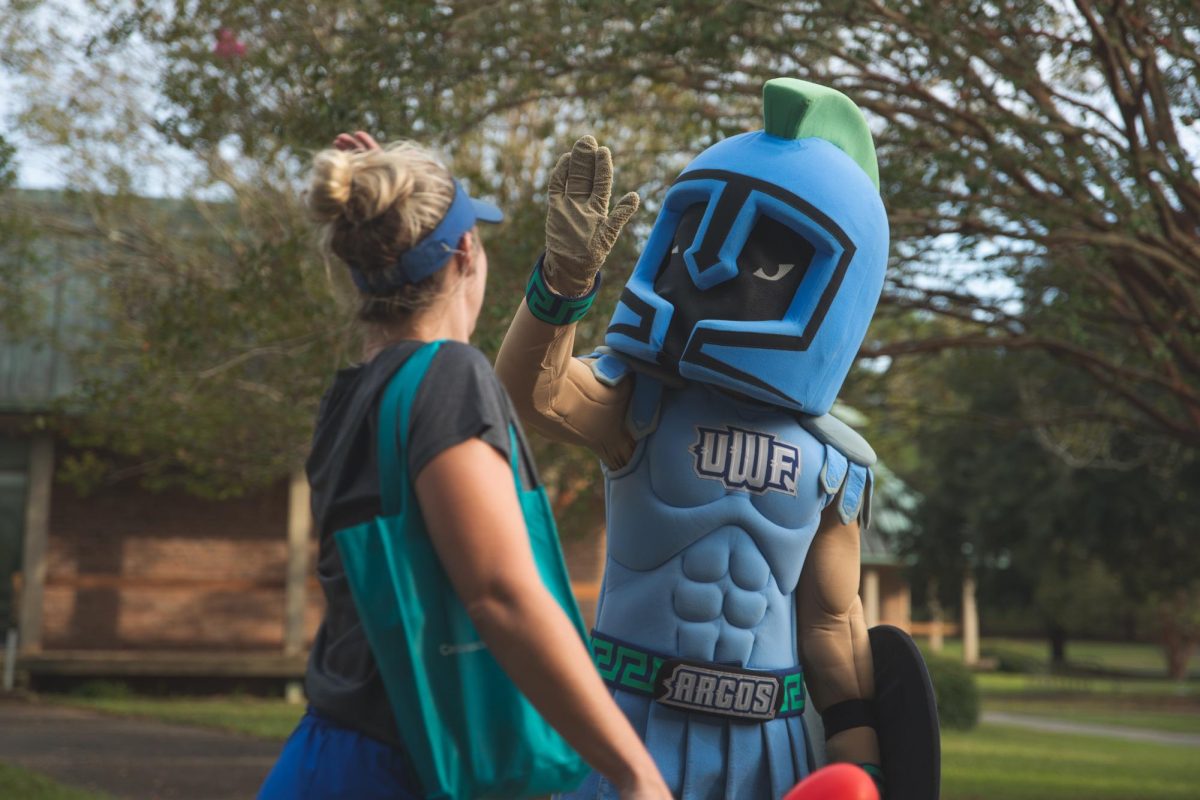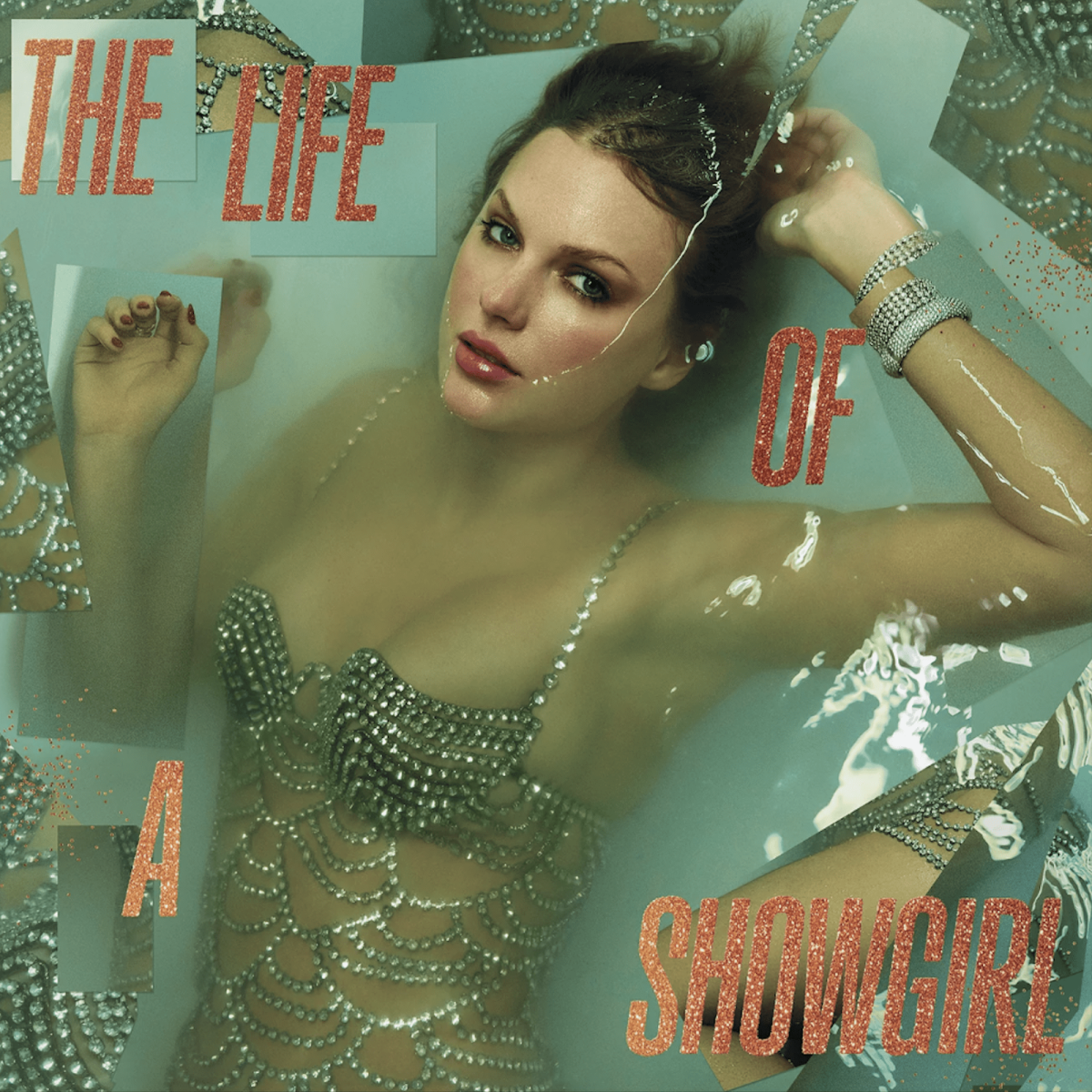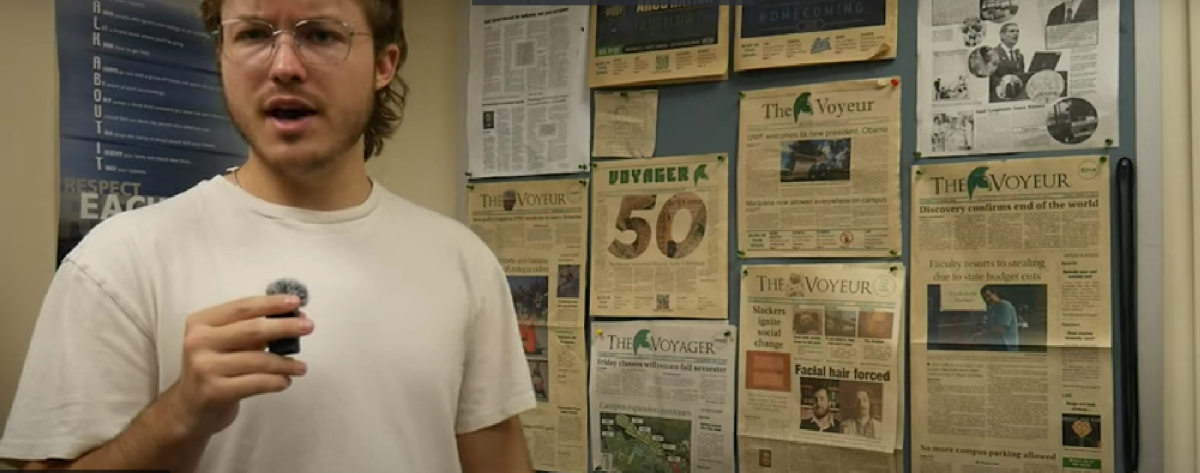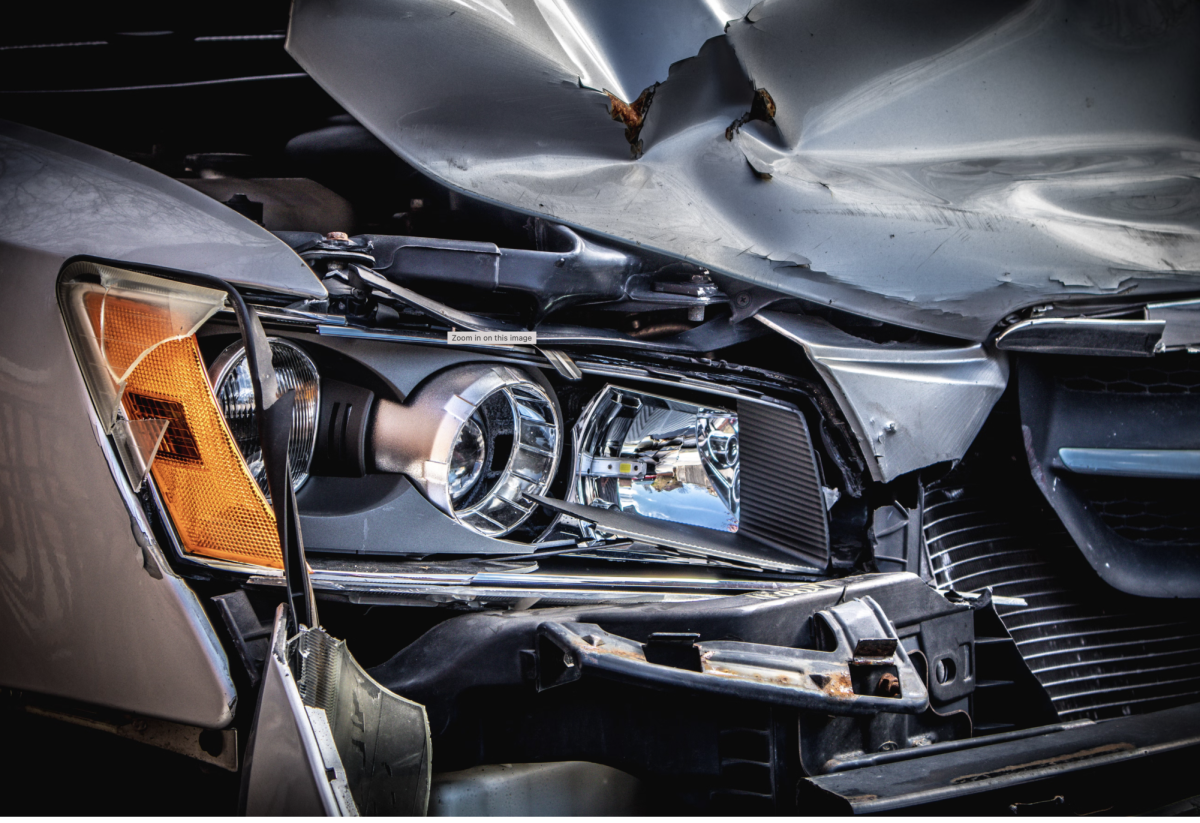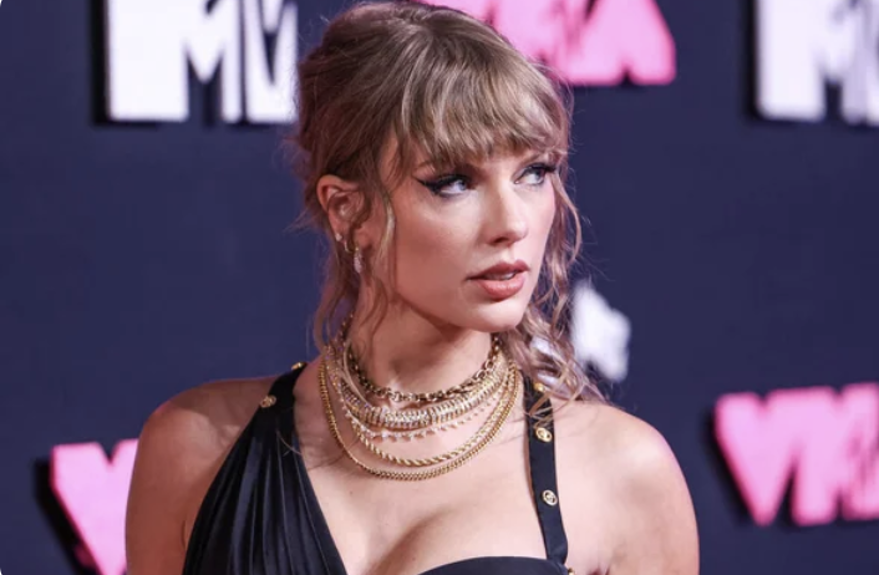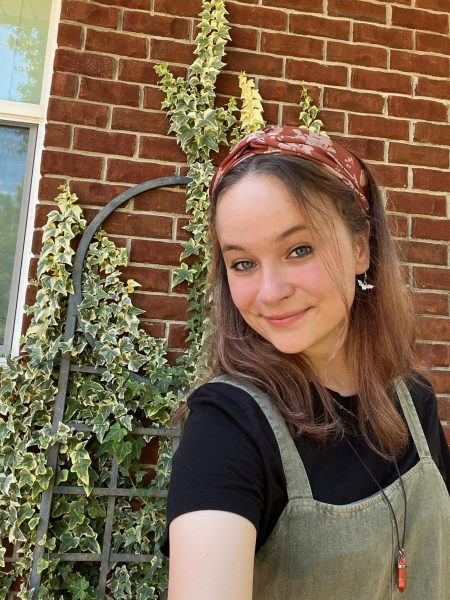Sex education, not the hit Netflix show, but the learning of sex and sexuality. It has become obsolete and skewed in many children’s school curricula. Of the 39 states that require sex education to be taught, less than half require it to be medically accurate according to Planned Parenthood.
Those included in Generation Z, such as myself, grew up on the internet with all the information we could ever want at our fingertips. Without the existence of Internet Explorer, I would’ve had no idea what to do after I got my first period in the 5th grade after the school nurse gave me a mini stick of deodorant and one singular pad and said, “Good luck, kid.”
Sex education is currently not required in the state of Florida, even though schools in the state are required to teach “the consequences of teenage pregnancy.”
Kids are looking elsewhere to learn about sex. Sometimes information comes to them unprompted. Teenagers are consistently online, and with the plethora of social platforms and websites out there, there’s no doubt some of them will be led to topics such as sex education.
While proper research can be done, the internet is undoubtedly home to many explicit and inaccurate depictions of sexual health. It’s important to have trusted adults who can answer questions and concerns. An absence of that can lead to having the wrong idea about sexual education.
In the early 2000s, websites such as scarleteen.com became popularized and provided comprehensive sex ed information for young adults, with sections such as sexual identity, advice, relationships, sex, sexuality and parenting.
In recent years, with the development of social media, teens and young adults are learning about sexual health topics on sites such as TikTok, Instagram, X and Tumblr. In a recent study, researchers found that 42% of social media users agree that TikTok is the most accessible way to obtain more sexual health information.
Currently on TikTok, the hashtag, #sexualhealth, has over 2 billion views from videos created by thousands of users. The content ranges from STI prevention, the anatomy of the reproductive system, pregnancy symptoms and more.
The rise in interest about sexual health online is undoubtedly related to the lack of proper knowledge being taught in schools today. The federal government spends $110 million per year on “abstinence-led” sexual education, which focuses on abstinence being the primary and oftentimes the only form of birth control, excluding vital information on other contraceptive methods, STI symptoms and causes and consent.
The federal funding of both tiers of abstinence-only programs has increased substantially over the last decade with the Directory Sexual Risk Education Program and Title V Sexual Risk Avoidance Education Program being fed $35 and $75 million respectively.
The possibility of these working has been proven wrong, with studies showing that 57% of teenagers will have had sex by the time they graduate high school. Many parents agree with having more comprehensive sexual education as well, with a study showing that 89% approve of having puberty, relationships, STDs and birth control being taught in high schools.
However, that isn’t happening.
In turn, young adults are left clueless,questioning themselves and their sexuality. The variety of online influencers who are outspoken about their sexuality and identity provide an image not found in the classroom or surrounding areas.
Valerie Nefertiti, Ph.D., created a TikTok account dedicated to health and sexuality after discovering the app, saying it is a “space for people to learn about their bodies and the sexual components of their bodies.” Her content ranges from breast exams to orgasms and more. Her most popular content amassed over 1.4 million views.
Funded and accurate school-sanctioned sexual education might not be within reach, but the internet has picked up the slack and has become the teacher to young adults everywhere.

